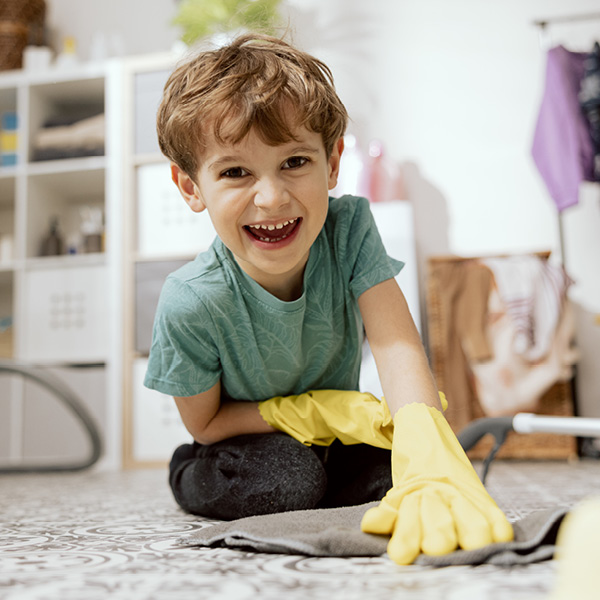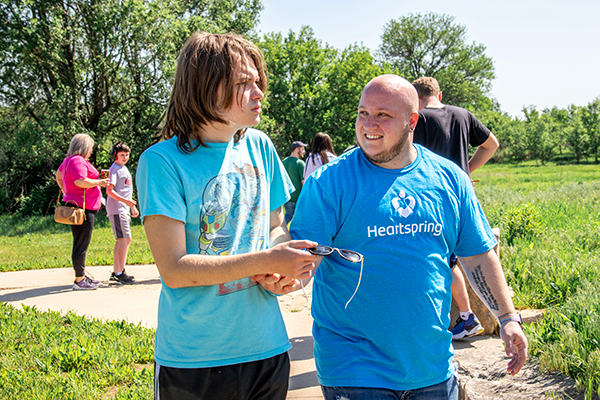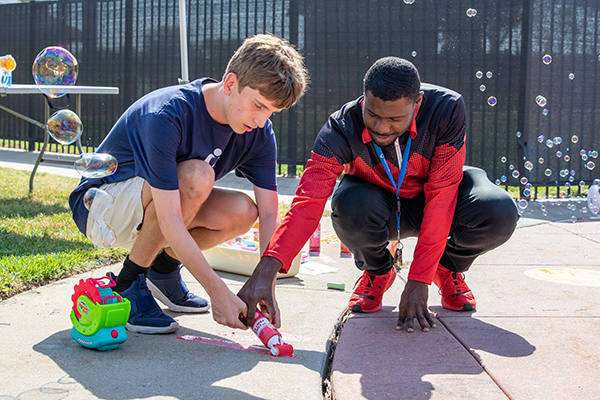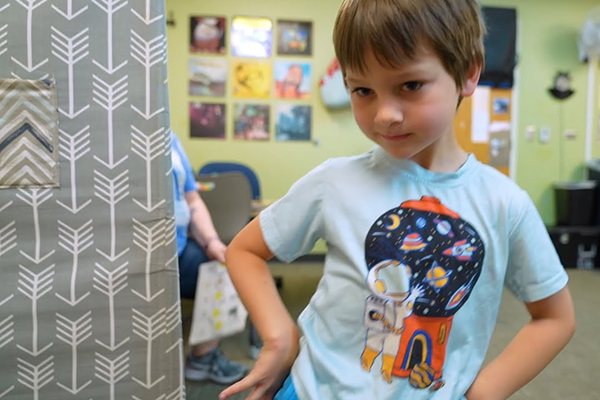2 MIN READ
Household Chores, Leisure Time, and Autism
Tips on how to help individuals on the spectrum navigate household chores and leisure

Household chores and leisure skills are an important part of every person’s life. For students who are on the spectrum, they are almost more important. Having appropriate leisure skills is essential in giving students something to do with downtime that is safe, fun, and rewarding for them to partake in.
Some people impacted by autism have a variety of leisure skills while others do not. At Heartspring, if a student only had one leisure activity they enjoy, like watching YouTube on their personal device for example, we try to expand their skills to give them more options for leisure activities.
We do this by introducing a new activity into their daily schedule or giving it as an option for them to choose during a structured leisure time on their schedule. If it is something new or something they don’t like at first, we might reward them for trying it or engaging in the activity for a certain amount of time. The more leisure skills a student has and can maintain, the more things they will have to occupy them during downtime, and this will help keep them out of trouble!
Household chores are another essential part of living an independent life as an adult. Unfortunately, we all must do them to keep our homes clean. Teaching students the skills they need to learn how to independently complete household tasks can take some time and patience.
In our group homes, we have found that visual aids and prompting sequences can help our students gain independence in completing chores around the house. Here are some good household chore ideas that you can start with your child at home that we have students do in our residential homes every day.
- Watering plants
- Emptying the dishwasher
- Vacuuming
- Folding laundry and loading the washer or dryer with their clothes
- Making their bed
- Feeding a pet
- Simple food preparation
- Taking out the trash
These are just a few examples of household chores your child can participate in. In our group homes, we use visual support to help students understand the steps needed in a chore to complete it from start to finish. We use board maker software to create these pictures, another option is to take an actual picture of the steps to show your child. If your child already uses visual support to help them complete tasks in their life, it is important to remain consistent with what those visual support pictures are.
In addition to visual supports, people that are with the child can help by prompting them through the steps of the chore. These could consist of verbally reminding the child, gesturing to the next step of the chore, and physically prompting the child to initiate the step. All of these tools can be useful to help your child gain independence in household chores.




